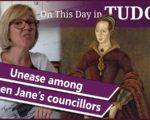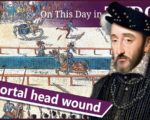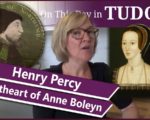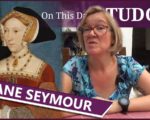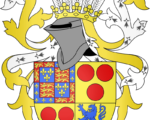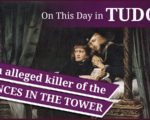Gertrude Courtenay was the daughter of William Blount, 4th Baron Mountjoy, and his wife Elizabeth, daughter of Sir William Say. Little is known about the early life of Gertrude, but we do know that she married Henry Courtenay, Earl of Devon, in 1519.
As Henry Courtenay was the first cousin of Henry VIII, Gertrude had married well and as such had a high place in court, attending the queen at the Field of Cloth of Gold in 1520. In 1525, her husband was created the Marquess of Exeter, making Gertrude a marchioness. Gertrude gave birth to a son named Edward in 1526, but her other son, Henry, died in infancy. When Henry VIII decided to divorce Katherine of Aragon, Gertrude’s husband signed the petition to the Pope asking him to grant an annulment. However, although supportive of the divorce, Exeter and Gertrude felt sympathy for Katherine and opposed the new evangelical ideas of Cromwell and Cranmer. As such, Gertrude became embroiled with Elizabeth Barton, the Holy Maid of Kent. Barton predicted the death of the king should he marry Anne, and such ideas were treasonous. Gertrude involved herself with Elizabeth Barton and travelled in secret to meet her and brought her to the Courtenay house in Surrey. When Barton was arrested for treason, Gertrude was cited in the investigation and wrote to Henry VIII to assure him of her loyalty, feigning ignorance of Barton’s treason.
[Read More...]


